ABB1600 Robot waterjet cutting machine Change the first axis high pressure coil to the second axis high pressure coil
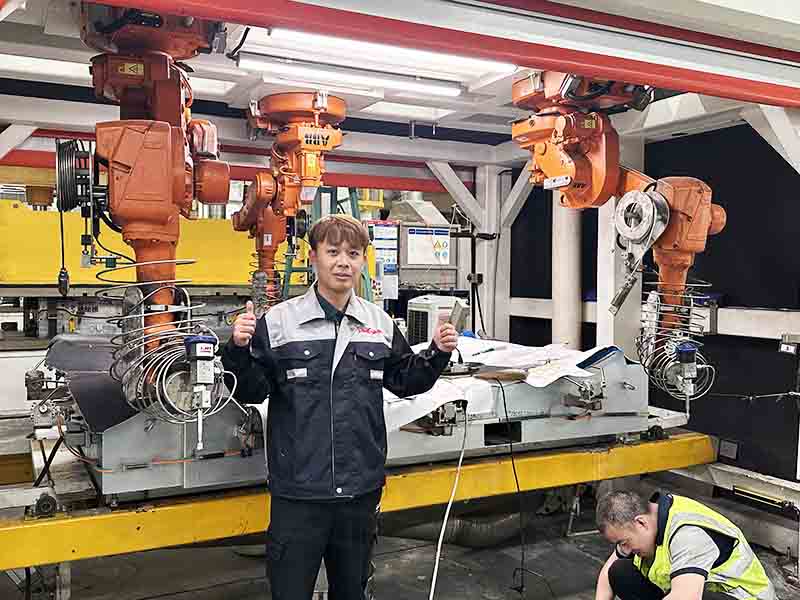
Configuration of the renovation project: three upside-down ABB1600 robotic waterjet cutting workstations.
Renovation project: WINWIN company transformed the first-axis high-pressure coil in the ABB 1600 robot of the robotic water jet cutting workstation into a second-axis coil according to the customer's requirements.
What are the benefits of changing the first-axis high-pressure coil of robot water cutting to the second-axis high-pressure coil?
1. Improved precision and stability: Second-axis coils typically offer greater stability compared to first-axis coils, as they often have fewer clearances and higher precision. This can enhance the robot's positioning and repeatability capabilities.
2. Increased working range: The design of second-axis coils may enable the robot to cover a broader working range, as they provide greater rotation angles or more degrees of freedom.
3. Enhanced flexibility: The modification of second-axis coils can make the robot more flexible in performing specific tasks. For instance, they may allow the robot to execute more complex motions, such as curves or bending paths.
4. Enhanced operational efficiency: The use of second-axis coils can potentially make the robot more efficient in executing particular tasks. By better adapting to the working environment, the robot can complete tasks more quickly and reduce production cycles.
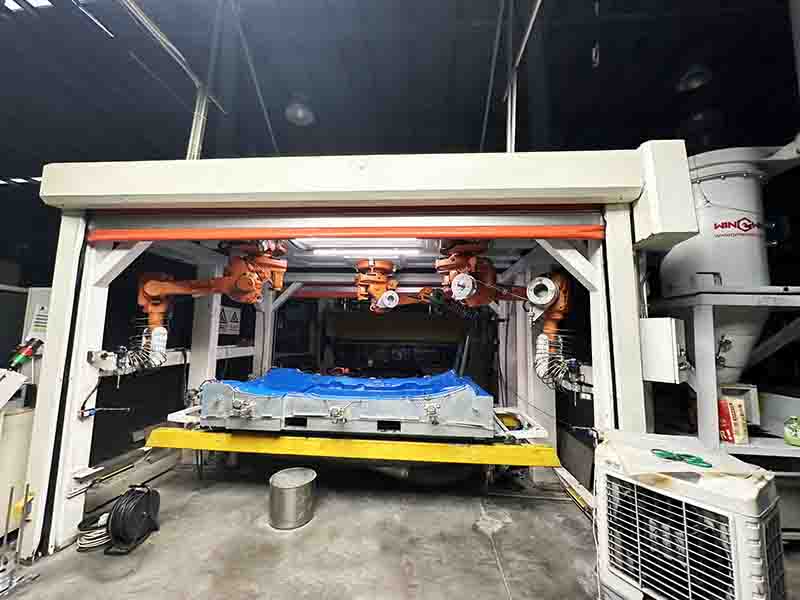
How to convert the first-axis high-pressure coil of a robot into a second-axis high-pressure coil?
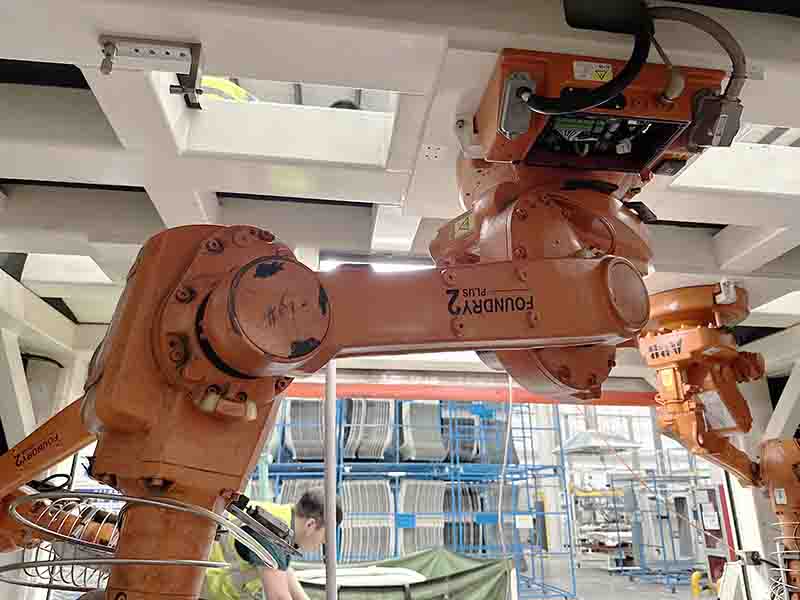
1. First, we need to use tools to remove both the first-axis coil and the first-axis coil bracket from the robot. The removed first-axis coil can be converted into a second-axis coil using a coil tool, which can also save some expenses.
2. We need to remove the cover plates from the second-axis mechanical arm and the bottom of the robot. Then, using our custom-designed tool, drill holes in both the position of the second-axis of the mechanical arm and the bottom of the robot. While drilling, we have specialized tools that can be inserted into the inside of the mechanical arm to prevent damaging internal wiring. WINWIN also provides tools to collect iron filings during drilling, preventing them from accumulating inside the mechanical arm and causing damage to the robot.
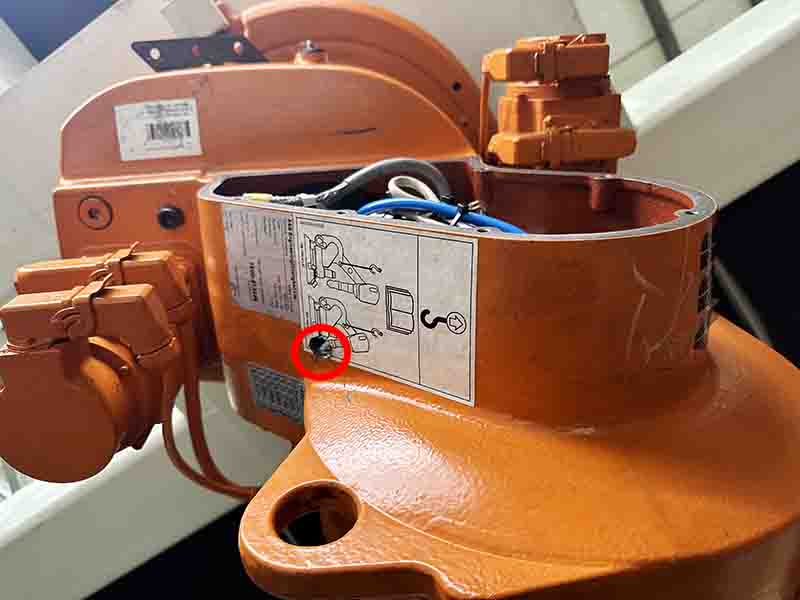
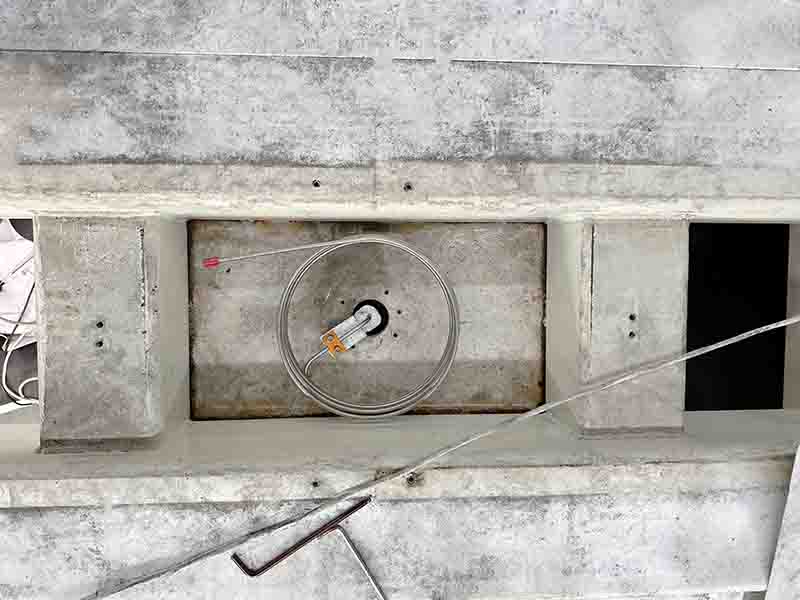
3. After drilling is completed, the first step is to thread WINWIN-designed conduits from the bottom position. The purpose of these conduits is to facilitate the insertion of the rotatable shaft tubes. Once the conduits are threaded through, the rotatable shaft tubes designed by WINWIN can be inserted. Subsequently, the dual-axis high-pressure coils can be threaded into place.
4. After completing the aforementioned tasks, it's necessary to securely fasten the rotatable shaft tubes onto the second-axis mechanical arm. This ensures that the modified first-axis can rotate along with the mechanical arm. Additionally, something is needed to secure the second-axis coil on the bracket atop the base. This fixation prevents the second-axis coil from shaking during arm movement, thereby ensuring more accurate cutting precision.
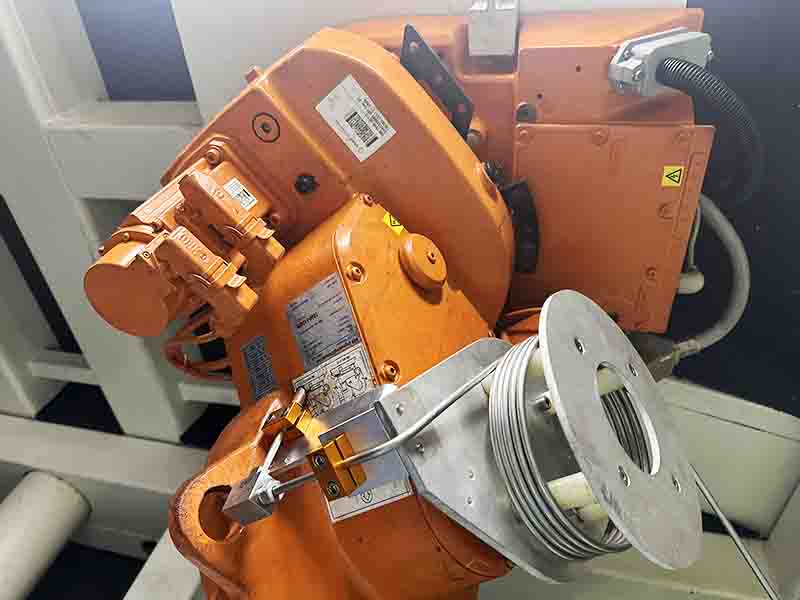
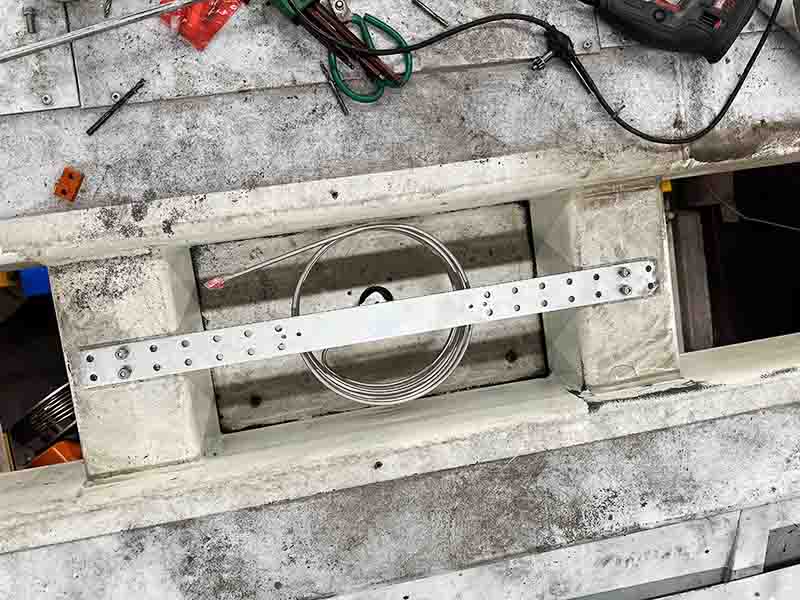
5. Finally, we need to ensure all the covers of the robot are properly reinstalled and all the positions of the robotic arm are connected. Prior to initiating normal operations, the robotic arm should be manually operated to confirm the proper functioning of each axis. Once confirmed, the water in the coils should be manually released, followed by conducting tests for normal operation.
With these steps completed, WINWIN has fulfilled the customer's modification requirements, meeting their satisfaction. The customer is highly pleased with the robot's transformation.
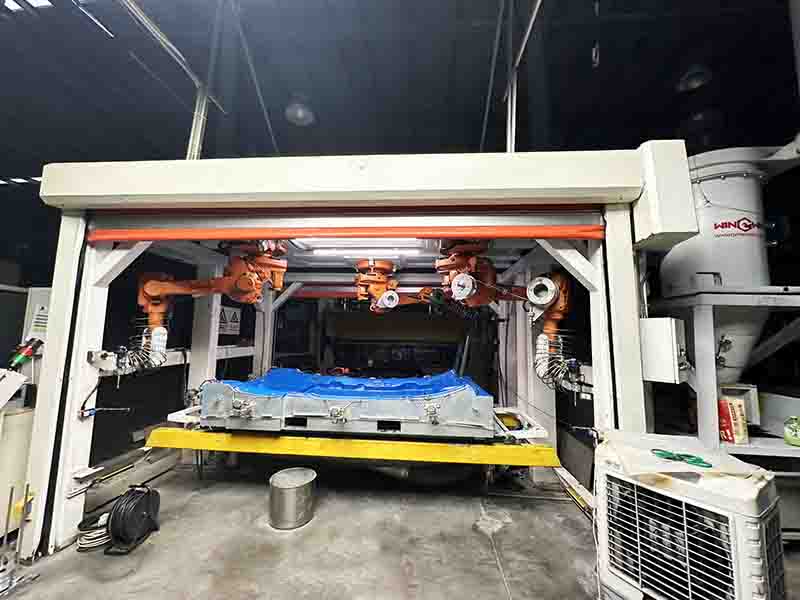
If you are interested in the waterjet cutting workstation, please feel free to contact WINWIN's sales representatives.
If you currently own a waterjet cutting workstation and have ideas for modifications, please reach out to WINWIN. We will customize the workstation according to your requirements to meet your needs.
 wwaterjet
wwaterjet